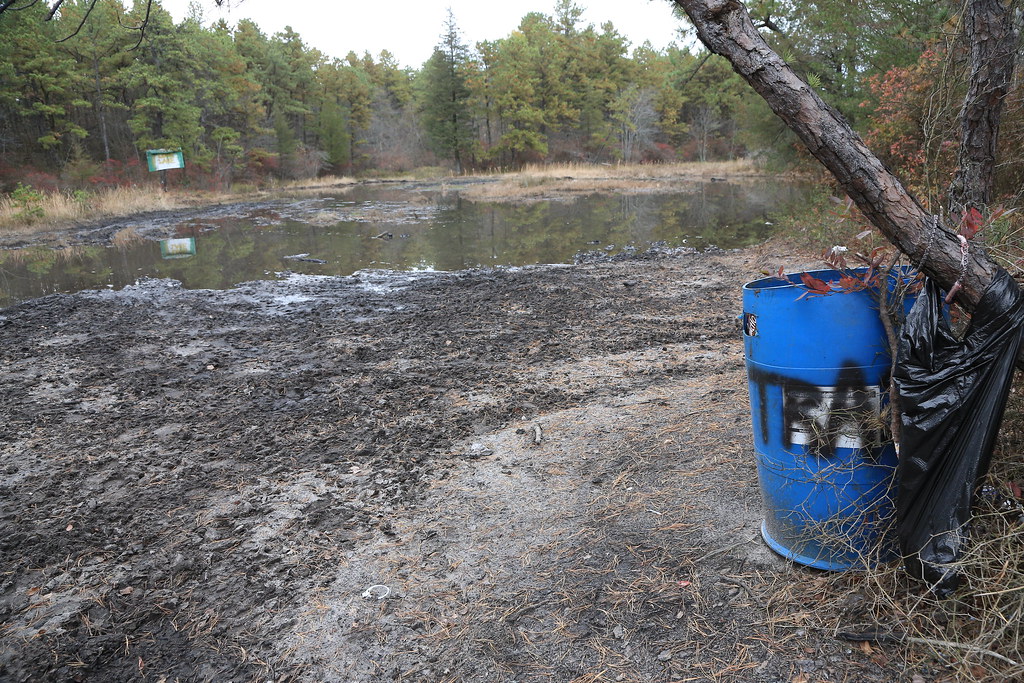Woodjin, great observations!
An interesting read on this topic is Zampella & Laidig (2003). The Pinelands Commission scientists concluded that well established (+50-years) excavations were roughly as good a habitat as natural spungs. It was the lack of a gradually sloping bottom that lowered dug pond functional equivalency – they lacked vegetation zonation that mother nature provided in closed depression sculpting.
Natural spungs are nearly unique in their basin morphology, in that their sediments are very old and complex. Quartz sands were physically weathered nearly to dust by a process called cryogensis (Demitroff et al. 2007; French et al. 2012; Demitroff 2015), a grain commutation that only occurs within the active layer of soil that is found above permafrost. While vernal and intermittent ponds are present all over the world, especially near ancient ice sheets (ice marginal), most have man-made (legacy) sediment fill collecting in them.
Most true spungs have changed very little in 10,000 years, since the end of the last ice age. It is a tragedy to have these rare cool puddles destroyed by a few uninformed off-roaders. Here’s the kicker. A man-modified spung behind my house is part of a natural basin complex. While the disturbed pond has a number of threatened and endangered plants, its undisturbed counterparts don’t have the T&E plants. I suspect that a dropping s shallow water-table may play a part in this dynamic, and deeper disturbance means better access to that lower over-withdrawn water-table.
What is detrimental for ancient climate change study may in some bizarre way actually be beneficial for the ecosystem – but only decades after the disturbance ends.
Demitroff M. 2015. Pleistocene ventifacts and ice-marginal conditions, New Jersey, USA. Permafrost and Periglacial Processes. On invitation for a special issue dedicated to Session 12 of EUCOP4, Techniques of Palaeoenvironmental Reconstruction from Periglacial Deposits. DOI: 10.1002/ppp.1860
French HM, Demitroff M, Streletskiy D, Forman SL, Gozdzik J, Konishchev VN, Rogov VV, Lebedeva-Verba MP. 2009. Evidence for Late-Pleistocene permafrost in the Pine Barrens, southern New Jersey. Kriosfera Zemli//Earth’s Cryosphere. 13, 3: 17–28 (in Russian).
Demitroff M, Rogov VV, French HM, Konishchev VN, Streletskiy DA, Lebedeva-Verba MP, Alekseeva VA. 2007. Possible evidence for episodes of Late-Pleistocene cryogenic weathering, southern New Jersey, eastern USA. In Russian Academy of Sciences. Proceedings, Vol II: Cryogenic Resources of Polar Regions, Salekhard City, Polar Cycle, West Siberia, June 2007. pp. 139–141.
Zampella RA, Laidig KJ. 2003. Functional equivalency of natural and excavated coastal plain ponds. Wetlands. 23: 4, 860–876
Cheers!
Spung-Man




 IMG_9211
IMG_9211